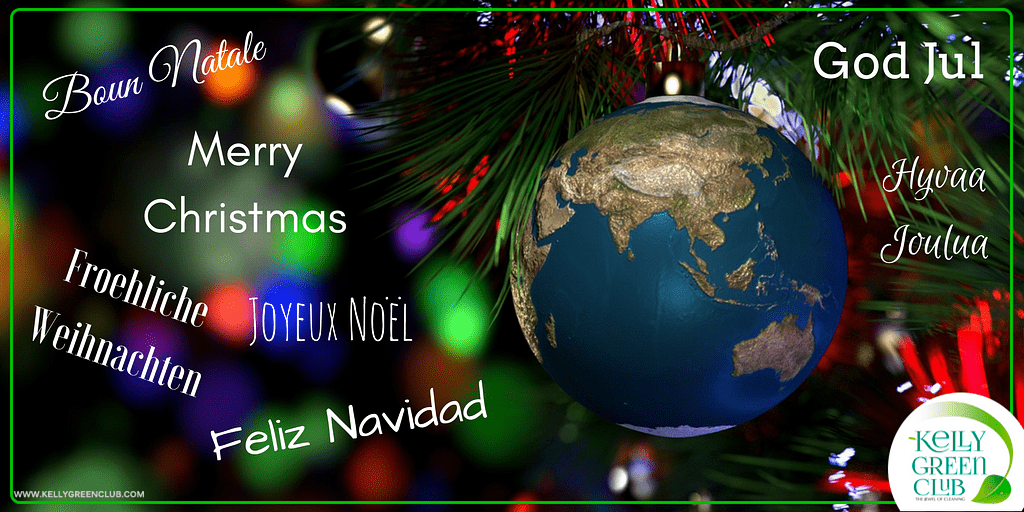Christmas as we know it today is a Victorian invention of the 1860s. Probably the most celebrated holiday in the world, our modern Christmas is a product of hundreds of years of both secular and religious traditions from around the globe. Discover the origins of Christmas traditions from around the world.It’s almost Christmas, and according to some people, it’s “the most wonderful time of the year.”
Finland
Many Finns visit the sauna on Christmas Eve. Families gather and listen to the national “Peace of Christmas” radio broadcast. It is customary to visit the gravesites of departed family members.
Germany
Decorating evergreen trees had always been a part of the German winter solstice tradition. The first “Christmas trees” explicitly decorated and named after the Christian holiday, appeared in Strasbourg, in Alsace in the beginning of the 17th century. After 1750, Christmas trees began showing up in other parts of Germany, and even more so after 1771, when Johann Wolfgang von Goethe visited Strasbourg and promptly included a Christmas tree is his novel, The Suffering of Young Werther. In the 1820s, the first German immigrants decorated Christmas trees in Pennsylvania. After Germany’s Prince Albert married Queen Victoria, he introduced the Christmas tree tradition to England. In 1848, the first American newspaper carried a picture of a Christmas tree and the custom spread to nearly every home in just a few years
Norway
Norway is the birthplace of the Yule log. The ancient Norse used the Yule log in their celebration of the return of the sun at winter solstice. “Yule” came from the Norse word hweol, meaning wheel. The Norse believed that the sun was a great wheel of fire that rolled towards and then away from the earth. Ever wonder why the family fireplace is such a central part of the typical Christmas scene? This tradition dates back to the Norse Yule log.
Armenia
Some Armenians choose to fast the week before Christmas. Then, they break their fast with a light Christmas Eve meal called “khetum,” which includes rice, fish, chickpeas, yogurt soup, dried nuts and grape jelly desserts.
Mexico
In 1828, the American minister to Mexico, Joel R. Poinsett, brought a red-and-green plant from Mexico to America. As its coloring seemed perfect for the new holiday, the plants, which were called poinsettias after Poinsett, began appearing in greenhouses as early as 1830. In 1870, New York stores began to sell them at Christmas. By 1900, they were a universal symbol of the holiday.
Australia
In Australia, the holiday comes in the middle of summer and it’s not unusual for some parts of Australia to hit 100 degrees Farenheit on Christmas day. During the warm and sunny Australian Christmas season, beach time and outdoor barbecues are common. Traditional Christmas day celebrations include family gatherings, exchanging gifts and either a hot meal with ham, turkey, pork or seafood or barbeques.
Ukraine
The Ukrainians use fake spider webs to cover their trees. Why? According to legend, a poor widower had no money to decorate the family’s tree. Some friendly spiders were grief-stricken when they saw the widow and her crying children, so at night, when everyone was asleep, they decorated the tree with silver and gold. After that, the poor family became prosperous, lucky and never had a financial woe, ever again. Thus, a spider web-covered tree signifies prosperity and wealth for the next year. Ukrainians prepare a traditional twelve-course meal. A family’s youngest child watches through the window for the evening star to appear, a signal that the feast can begin.
India
The amount of Christians in India amounts to only 2.3 percent of its population. But, wait, India is one of the most populous countries in the world, meaning that translates to 25 million people who celebrate Christmas. Due to lack of fir and pine trees in the region, Indians use banana or mango trees as a substitute.
Philippines
You won’t find stockings hanging on chimneys in the Philippines. Rather, kids will polish their shoes and leave them by the window sills, so when the Three Kings walk by at night, they’ll leave presents.
Canada
There is an actual postal code used in Canada to send letters to the North Pole: H0H 0H0. Unfortunately, since there is no centralized address, thousand of volunteers help out the Canada Post to respond to the letters received, even in Braille. Most Canadian Christmas traditions are very similar to those practiced in the United States. In the far north of the country, the Eskimos celebrate a winter festival called sinck tuck, which features parties with dancing and the exchanging of gifts.



